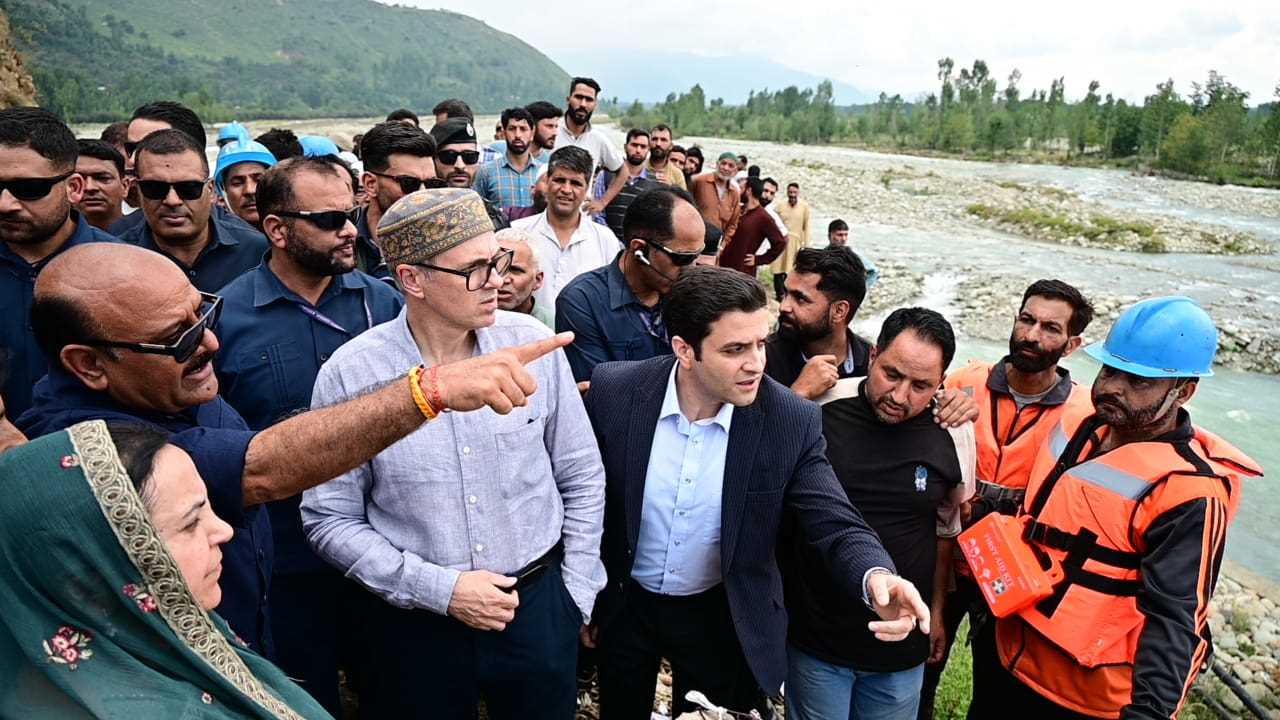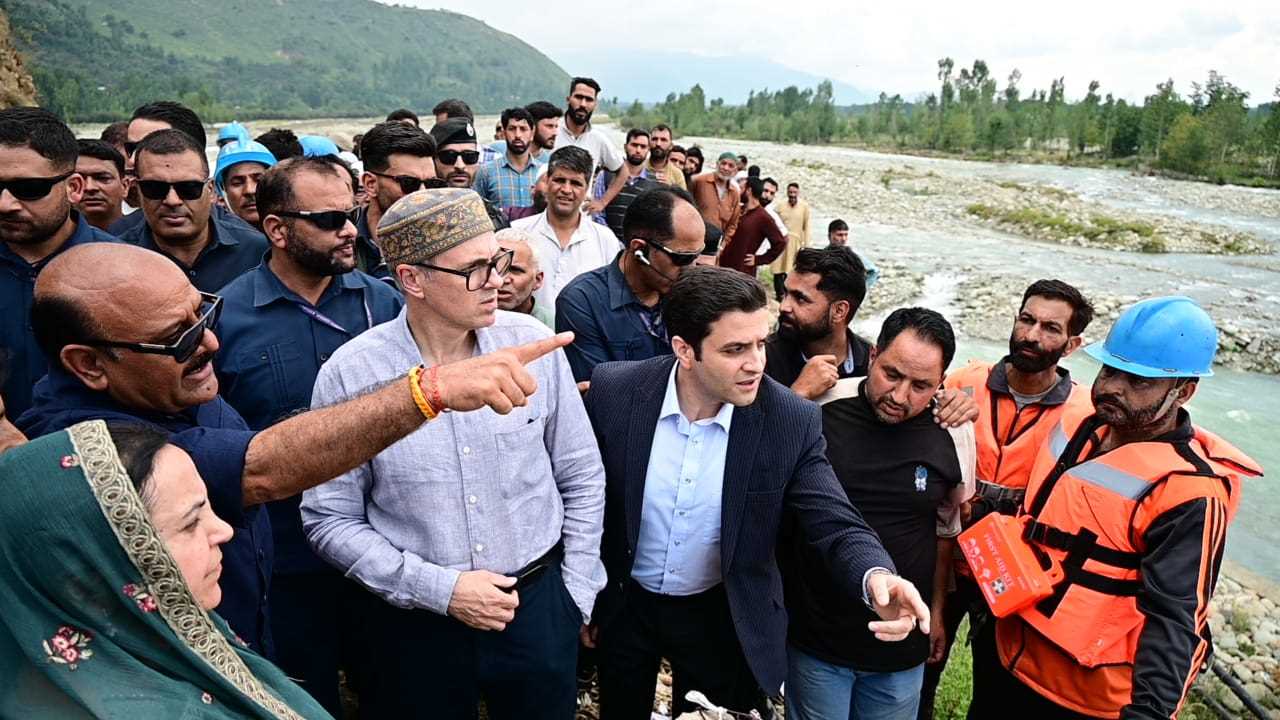Kargil lies in the rugged terrain of the Western Himalaya marked by high mountains , deep valleys, and Rocky slopes, Situated around 2700 m above sea level , its features are cold, dry with sparse vegetation. Suru and Drass rivers cut through the region forming narrow valleys that add to its strategic and geographical importance.
Indo Pak Relation
India and Pakistan, both nuclear powers, are neighbours but also arch-rivals, often desperate to inflict damage on each other. To prevent conflicts, various agreements and declarations have been signed to minimise escalation. It was also resolved that all issues would be resolved bilaterally and that the status quo would be maintained along the Line of Control (LoC), especially in the Siachen region, where troops from both countries were supposed to return to their base camps during the harsh winters.
Why did Pakistan intrude?
The reasons for intrusion were
Pakistan wanted the Revenge operation Maghdoot by which India occupied Siachen .
They also wanted the Revenge of 1971
Operation Vijay which splitted Pakistan into two Nations.
intrusion plan
The main target of Pakistan army was to occupy some key heights of Ladakh, so that National Highway a main supply line to other parts of Ladakh could easily be choked.
Tashi Namgiyal incident
With the onset of the spring season, a local shepherd named Tashi Namgyal noticed some movement and observed foreign troops digging bunkers. He immediately reported the incident to the Indian Army stationed at the base camp.
The Tale of Captain Saurabh Kalia
A platoon of the Indian Army was patrolling in the Kaksar area. The platoon was led by Captain Saurabh Kalia including five other soldiers. Unfortunately, due to certain circumstances, their communication with the base camp was cut off. They were captured by the intruders, brutally tortured, and later killed.
A few days later, another platoon was sent to patrol the same area. This time, the presence of intruders was confirmed. When Pakistan was questioned about the intrusion, they denied any involvement and claimed that the individuals spotted were local militants, not Pakistani army personnel.
India Answers the Intrusion
India's response to the intrusion was India defence force launched operation Vijay on 10 may 1999. Operation Vijay was poked to Re occupy the land and kick out the intruders.
First major victory: Tololing Recaptured
Tololing is a steep rocky rich peak in Drass sector, rising around 1600 feet Barren slopes and harsh terrain. The mission of recapturing this strategic point was assigned to 18 grenadiers battalion. The Battalion was led by major Rajesh Adhikari Who bravely targeted the enemy and successfully recaptured it on 13 June 1999 thereby restored supply line on NH1. In this heroic mission, major Rajesh Adhikari and his 22 brave men laid their lives for the nation.
Heroes Rise at Point 5140
Point 5140 is a steep, Rocky peak at altitude of 17000 feet in Drass sector offering a clear view of NH1.The recapturing of point 5140 was a major victory in the war thus the mission was assigned to lieutenant colonel Y K Joshi , lieutenant Vikram Batra and lieutenant Sanjeev Singh Jambal. All of them were given radio code names they started their mission in the night of 19 - 20 June 1999.By the morning of 20 June the peak was successfully captured by Indian army without any casualties. All the lieutenant were promoted to captain rank. This was the point where the documents of Pakistan were exposed to Indian army.
Beyond the Heights
Indian Air force provided air support to the land forces after 26 May 1999. IAF launch operation Safed Sagar. The main motive of the operation was to provide air support and expose the position of enemy. On28 May three helicopters went on patrolling into the Batalik-Drass- Tololing sector of Kargil one among the choppers was targeted and was shot down by the Pakistan's military , a MIG-21 was destroyed by stinger missile which became and evidence that there where no terrorist but regular military.
IAF bought in mirag-2000 which was able to fly at a height of 30000 feet beyond the reach of stinger missile and technology of India 's good friend Israel was used to push back intruders.
Recapturing the Crown
Tiger hill stands at an altitude of about 17000 feet with steep Rocky and 1000 feet vertical slope and commanding view of NH1 In Drass sector.
3 and 4 July night 22 soldiers under took the mission in the command of grenadier Yogendra Singh Yadav. They had to climb the steep vertical slope of thousand feet while grenadier Yogendra Singh was leading the row. After climbing 940 feet’s the enemy started to fire but many of the soldiers were injured but company manager to climb the hill. Grenade Yogendra Singh Yadav was hit by bullets but the brave man manage to climb and reach the top by the early morning of 8 July Indian forces had recaptured top of tiger hill . Grenadier Yogendra Singh Yadav was awarded with Param Vir chakra for his bravery
POINT 4875
Point 4875, a steep and rugged peak in Mushkoh Valley, was to be reoccupied by the Indian Army. The platoon was divided into two teams: Charlie, led by Lt. Anuj Nayar, and Bravo, led by Capt. Vikram Batra. Their mission was to capture the ridge and destroy enemy bunkers. While rescuing a fellow officer, Lt. Naveen, Capt. Vikram Batra was fatally shot by a sniper. Lt. Anuj Nayar also lost his life, but the top was successfully captured.
Point 5140 was secured on 7 July 1999, sealing India's victory. It was later renamed Batra Top in honor of Capt. Batra. Under international pressure, especially from the USA, Pakistani forces withdrew. On 14 July, PM Atal Bihari Vajpayee declared Operation Vijay successful, and the war officially ended on 26 July 1999.
Email:--------------------gulzartawheedi@gmail.com





